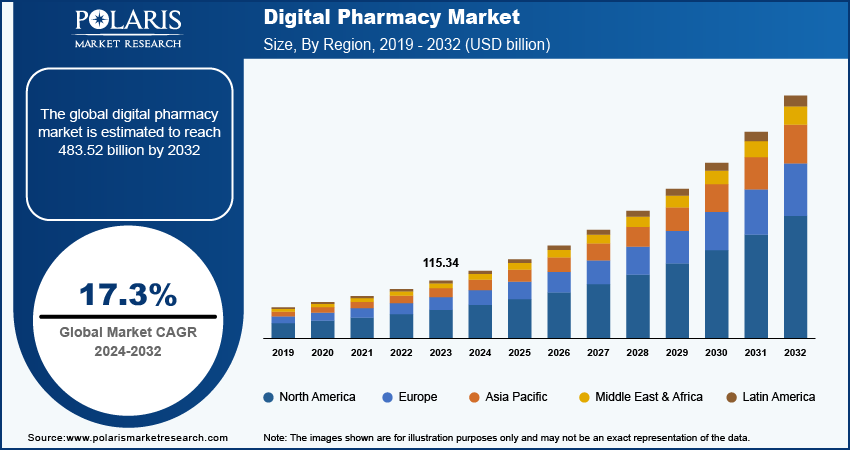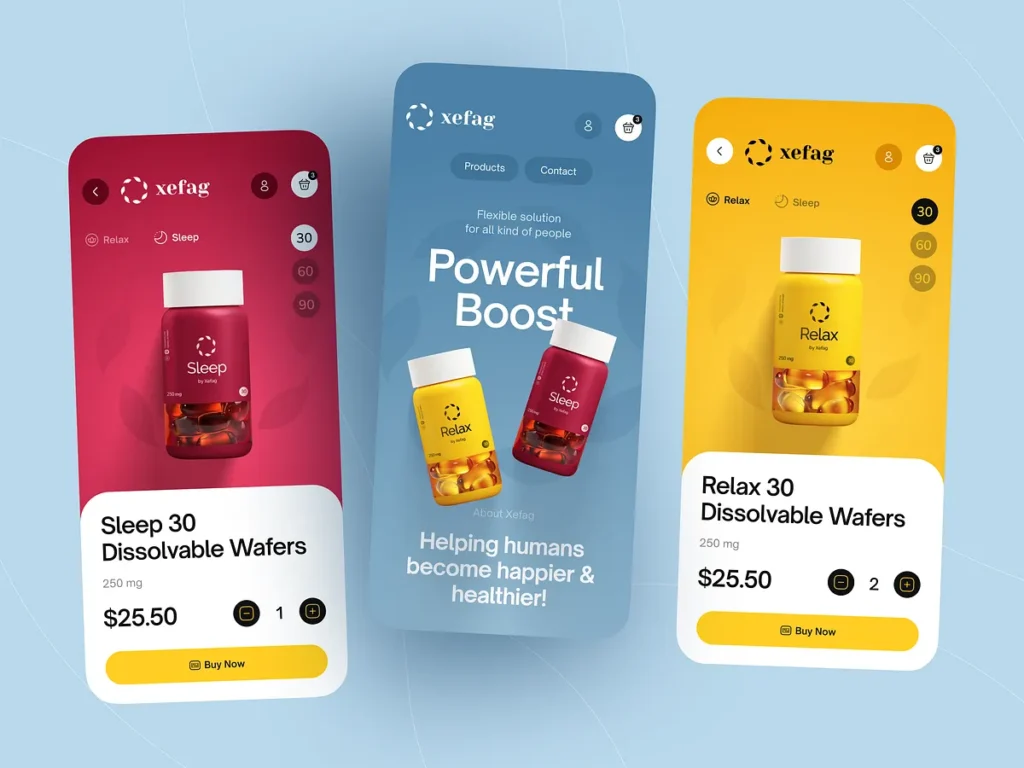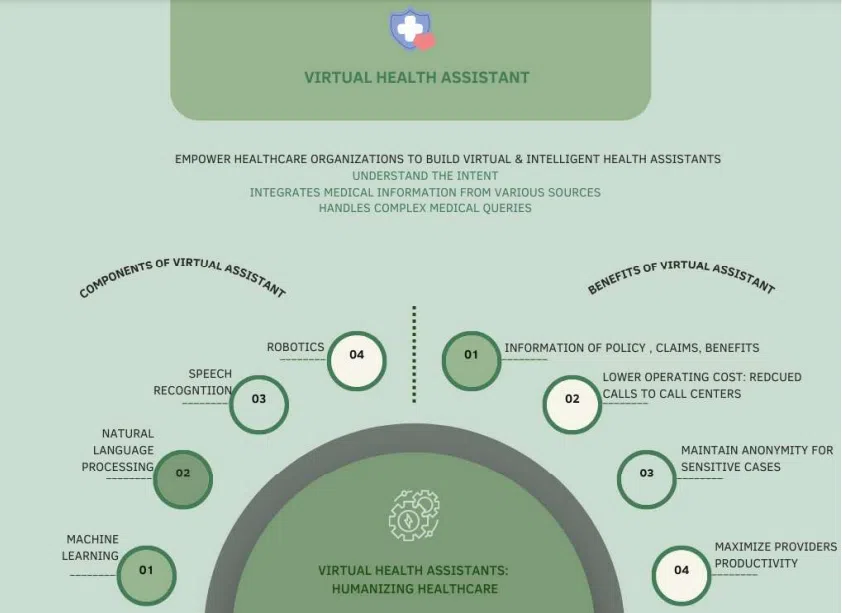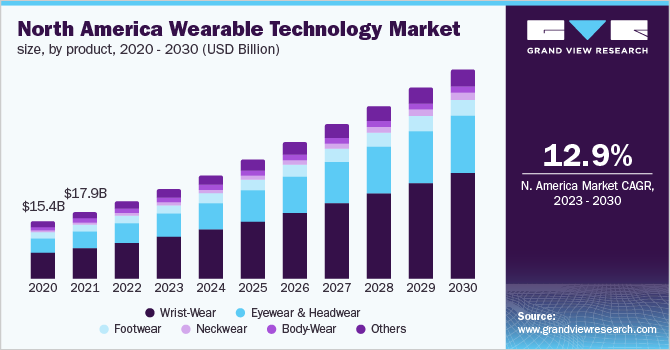Pharmacy App Development in 2025: Key Features, Costs, and Future Trends
In the digital age, pharmacy app development has become an essential part of modern healthcare, offering convenient access to medications, healthcare consultations, and prescription management. The increasing reliance on digital health solutions, fueled by the demand for seamless and efficient healthcare services, has made pharmacy apps a necessity rather than a luxury.
As we enter 2025, the pharmacy app market continues to evolve, incorporating advanced technologies such as AI, machine learning, blockchain, and IoT to improve medication management, patient adherence, and healthcare accessibility. The global digital pharmacy market was valued at USD 115.34 billion in 2023. The market is projected to grow from USD 134.92 billion in 2024 to USD 483.52 billion by 2032, exhibiting a CAGR of 17.3% from 2024 to 2032. This highlighting the rapid adoption of mobile health solutions.

Image source: Polaris Market Research
This article explores the essential features, development costs, and future trends shaping the pharmacy app development landscape.
Key and Advanced Features of a Pharmacy App
In today’s rapidly evolving healthcare industry, pharmacy app development must go beyond basic functionality to provide a seamless and personalized user experience. A successful pharmacy app should not only streamline medication ordering and prescription management but also incorporate secure transactions, AI-driven health insights, and compliance with industry regulations. Below, we explore the essential and advanced features that are crucial for building a competitive and future-ready pharmacy app.
| Feature Category | Key Features |
|---|---|
| Essential Features |
|
| Advanced Features |
|
Cost of Pharmacy App Development
To provide a more detailed breakdown, let’s dive deeper into each of these factors that influence the cost of Pharmacy App Development. Understanding these components will help businesses make informed decisions when planning their app development projects.
 Cost by App Complexity
Cost by App Complexity
The complexity of the pharmacy app plays a significant role in determining its cost. As the app’s functionality increases, so does the time and expertise required for development. Here’s a more granular look at each app type:
| App Type | Key Features | Functionality | Technology Stack | Development Timeline | Estimated Cost |
| Basic App |
User registration, medication search, ordering system, basic payment integration. |
This type of app is suitable for pharmacies looking to offer a simple online ordering system and basic functionality for users to search for medications and make purchases. The backend database is typically less complex, and the user interface is straightforward. | Basic database systems, simple cloud-based solutions, and basic security protocols. | 3-6 months | $20,000 – $40,000 |
| Moderate App |
Prescription management, order tracking, notifications, telepharmacy features.
|
A step up from the basic app, these apps offer a more robust user experience, including prescription management (tracking, refills), notifications for order status, and telepharmacy features that allow users to consult with pharmacists or healthcare providers virtually. | Integration with electronic health records (EHR), cloud-based storage for sensitive data, video call integrations for telepharmacy, and more complex security mechanisms. | 6-9 months | $40,000 – $80,000 |
| Advanced App |
AI-powered medication recommendations, blockchain for secure transactions, Internet of Things (IoT) integration, advanced data analytics. |
These high-end apps provide personalized experiences through AI-driven recommendations for medications or treatments. Blockchain technology ensures the highest level of security for sensitive data and transactions. IoT integration might allow the app to track inventory in real-time or provide users with device-connected features (e.g., smart pill reminders). | AI/ML algorithms, blockchain, IoT devices, integration with other healthcare systems (e.g., pharmacies, doctors, insurance providers), advanced encryption for privacy, and high-performance cloud infrastructure. | 9-12+ months | $80,000 – $150,000+ |
Development Team Location
The geographical location of your development team will have a significant impact on cost due to variations in hourly rates:
-
North America: $100 – $150/hour – The higher hourly rates come with a more experienced development team, which is ideal for companies seeking a premium service with greater control and support. These teams also typically offer top-tier expertise in app security and complex integrations.
-
Europe: $70 – $120/hour – While slightly lower than North America, European developers still offer high-quality work. Eastern Europe, in particular, is known for competitive pricing with strong technical expertise, especially in healthcare-related app development.
-
Asia: $20 – $50/hour – Asia provides cost-effective development services but may come with varying levels of expertise depending on the region. India, China, and the Philippines are popular outsourcing destinations for pharmacy app development. However, outsourcing to Asia can result in longer communication times due to time zone differences.
-
Vietnam: $25 – $50/hour – Vietnam is emerging as a prominent outsourcing destination for pharmacy app development, providing highly skilled developers at competitive prices. With a growing pool of developers specializing in healthcare IT solutions, Vietnam is gaining attention as a hub for quality and affordable development services.
Image source: Decode
Platform Choice
Choosing the platform for your pharmacy app development is crucial in determining overall costs:
-
iOS or Android: Developing for a single platform (iOS or Android) tends to be the most cost-effective choice as it requires less development time compared to multi-platform solutions. For businesses targeting specific user groups (iPhone or Android users), developing for a single platform could be sufficient.
-
Cross-Platform: If you aim to reach a wider audience on both iOS and Android, a cross-platform approach using frameworks like Flutter, React Native, or Xamarin can reduce development costs. These frameworks allow you to maintain a single codebase, resulting in faster and more cost-effective development compared to separate native apps.
Maintenance & Updates
The initial cost of developing the pharmacy app is only part of the long-term investment. Regular maintenance and updates are crucial for keeping the app secure, adding new features, and ensuring it stays compliant with evolving healthcare regulations (e.g., HIPAA in the U.S., GDPR in Europe). Here are some key maintenance factors:
-
Security Patches: Given the sensitive nature of health-related data, frequent updates to fix security vulnerabilities are necessary.
-
Feature Upgrades: As user needs evolve, new features (such as improved AI capabilities or additional integrations) may need to be added, leading to further development costs.
-
Compliance Updates: Staying up-to-date with changing laws and regulations in the healthcare industry can require ongoing app revisions to ensure compliance.
Future Trends in Pharmacy App Development
The pharmacy app development industry is rapidly evolving, driven by advancements in technology, shifts in consumer expectations, and the growing demand for more personalized, efficient healthcare solutions. From telepharmacy expansion and AI-powered health assistants to wearable integrations and sustainability initiatives, these trends are setting the stage for a new era of pharmacy services. As these technologies continue to evolve, pharmacy apps will play an increasingly important role in delivering personalized, accessible, and efficient healthcare to consumers worldwide.
1. Telepharmacy Expansion
As telemedicine gains momentum, telepharmacy is becoming an essential part of modern healthcare, particularly in rural and underserved areas. The need for remote consultations with pharmacists has soared, as patients seek convenience and access to healthcare professionals without the need to visit a pharmacy in person.
- Trend Growth: According to a report from Global Market Insights Inc., the global telepharmacy market is expected to grow at a compound annual growth rate (CAGR) of 10.4% from 2024 to 2032.
- Remote Consultations: Telepharmacy apps allow patients to consult with pharmacists about medications, dosage instructions, and drug interactions, ensuring safe and effective use of prescriptions. This trend is particularly beneficial in rural regions where access to in-person pharmacy services is limited.
The telepharmacy trend also opens doors for pharmacies to expand their services beyond traditional boundaries, offering greater accessibility and convenience for patients.
2. AI-Powered Health Assistants
Artificial Intelligence (AI) is revolutionizing how patients interact with pharmacy apps. AI-powered health assistants or chatbots are increasingly being integrated into pharmacy apps to provide instant medication advice, answer health-related questions, and guide users through their pharmaceutical needs.
AI assistants can answer common medication queries, remind users to take their prescriptions, and suggest over-the-counter remedies based on symptoms, improving customer satisfaction while reducing the workload of pharmacy staff. By 2027, most of healthcare organizations will use AI-powered virtual health assistants to improve patient engagement and health outcomes. This shift promises to streamline pharmacy operations and enhance the user experience by providing instant, personalized support.

Image source: global logic
As AI technology becomes more advanced, these virtual assistants will be able to offer increasingly sophisticated guidance, including medication management and personalized health recommendations.
3. Voice Recognition Technology
As voice-controlled technology becomes more integrated into daily life, voice recognition is emerging as a key feature in pharmacy app development. Voice-enabled apps can allow users to search for medications, place orders, and even receive reminders without having to physically interact with their devices.
- Hands-Free Convenience: For individuals with limited mobility or disabilities, voice recognition makes it easier to access pharmaceutical services without the need for traditional manual input.
- Market Growth: The global voice recognition market in healthcare is expected to grow from USD 3.8 billion in 2022 to USD 9.7 billion by 2032, at a CAGR of 20.6% during the forecast period.. As the technology improves, we can expect even more widespread adoption of voice features in pharmacy apps, enhancing accessibility and convenience.
Voice recognition technology also aligns with the broader shift toward hands-free, user-friendly interfaces, making pharmacy apps more accessible for users of all demographics.
4. Wearable Integration
The integration of wearables such as smartwatches and fitness trackers with pharmacy apps is set to revolutionize the way users monitor their health and manage medications. Syncing pharmacy apps with devices like the Apple Watch or Fitbit allows users to track their health in real-time, receive medication reminders, and even share health data with healthcare providers for more personalized care.
- Real-Time Health Monitoring: By connecting to wearables, pharmacy apps can provide real-time updates on health metrics such as heart rate, blood pressure, and sleep patterns. This allows pharmacists and healthcare providers to offer more accurate, data-driven advice.
- Statistical Growth: According to Grand View Research, the number of connected wearable devices worldwide was valued at USD 61.30 billion in 2022 and is expected to expand at a compound annual growth rate (CAGR) of 14.6% from 2023 to 2030, providing a vast pool of real-time health data that pharmacy apps can leverage for better medication management and personalized care.

Image source: grand view research
The combination of wearables and pharmacy apps offers users an integrated approach to health management, enabling them to stay on top of their health while adhering to prescribed treatments.
5. Sustainability Initiatives
As environmental concerns continue to grow, sustainability has become an important factor in pharmacy app development. Many pharmaceutical companies and pharmacies are adopting eco-friendly practices, such as offering digital receipts and promoting eco-friendly packaging for deliveries.
- Digital Receipts: Moving away from paper receipts not only helps reduce waste but also enhances the user experience by providing easily accessible, digital copies of receipts within the app, which users can track for their records.
- Eco-Friendly Packaging: A growing trend is to minimize the environmental impact of pharmaceutical packaging. More companies are seeking biodegradable or recyclable packaging solutions, and some pharmacy apps are working to promote these sustainable practices among their customers.
- Market Adoption: According to businessdasher, 66% of global consumers are willing to spend more on a product if it comes from a sustainable brand. Pharmacy apps that prioritize sustainability can resonate with environmentally-conscious users and establish a competitive edge in the market.
These sustainability initiatives align with the broader trend of eco-conscious consumerism, which is influencing purchasing decisions across many industries, including pharmaceuticals.
Conclusion
Pharmacy app development is set to grow exponentially in 2025, driven by the need for digital transformation in healthcare. Businesses investing in custom healthcare software must consider the latest trends, security measures, and compliance regulations to build successful solutions. With the right software development company, such as Savvycom, companies can develop cutting-edge pharmacy apps that enhance accessibility, efficiency, and overall patient care.
As a leading software development company, Savvycom has established itself as a prominent player in the healthcare IT solutions space, driving digital transformation through innovative custom healthcare software. With a deep understanding of the unique challenges facing the healthcare industry, Savvycom’s expertise spans across healthcare consulting and outsourcing, delivering high-quality, cutting-edge solutions that transform patient care, enhance operational efficiency, and ensure compliance with industry regulations.
In an era of rapid technological evolution, Savvycom has proven its capability to bridge the gap between healthcare providers and the technology that drives modern, scalable solutions. By working closely with healthcare organizations globally, Savvycom has consistently helped businesses build tailored software solutions that meet the specific needs of the industry, from telemedicine to personalized fitness coaching and beyond.
Savvycom’s Notable Healthcare Case Studies:
-
Jio Health – Telemedicine App: A revolutionary platform that connects patients with doctors for online consultations and remote monitoring.
-
Kokkiri – Meditation App: Enhancing mental well-being through guided meditation and stress-relief techniques.
-
Wanna Train – Fitness Platform: Integrating AI and IoT to offer personalized fitness coaching.
-
DiaB – Diabetes Management App: Empowering diabetic patients with real-time glucose tracking and lifestyle recommendations.

Savvycom’s commitment to healthcare digital transformation is reflected in the innovative approaches it takes to solve pressing healthcare challenges. Our diverse experience in delivering healthcare IT solutions positions it strongly to venture into the pharmacy app development space in the future. With extensive expertise in building telemedicine apps, fitness platforms, and chronic disease management solutions, Savvycom has the capability to develop innovative pharmacy apps that cater to the needs of pharmacies, healthcare providers, and patients.
Given its strong foundation in leveraging technologies such as AI, IoT, and blockchain, Savvycom can design pharmacy apps that incorporate medication management, prescription tracking, telepharmacy services, and secure order fulfillment. The company’s experience with creating patient-centric applications ensures that any future pharmacy app would prioritize both efficiency and patient engagement, offering solutions for real-time medication tracking and personalized health recommendations. With its proven track record in the healthcare sector, Savvycom is poised to deliver innovative pharmacy app solutions that will enhance the accessibility, convenience, and security of pharmacy services in the digital age.
 Cost by App Complexity
Cost by App Complexity![What Is Machine Learning Development And How To Develop? A Step-by-Step Guide [2025]](http://savvycomsoftware.com/wp-content/uploads/2024/04/middle-eastern-cybersecurity-professional-150x150.jpg.webp)

